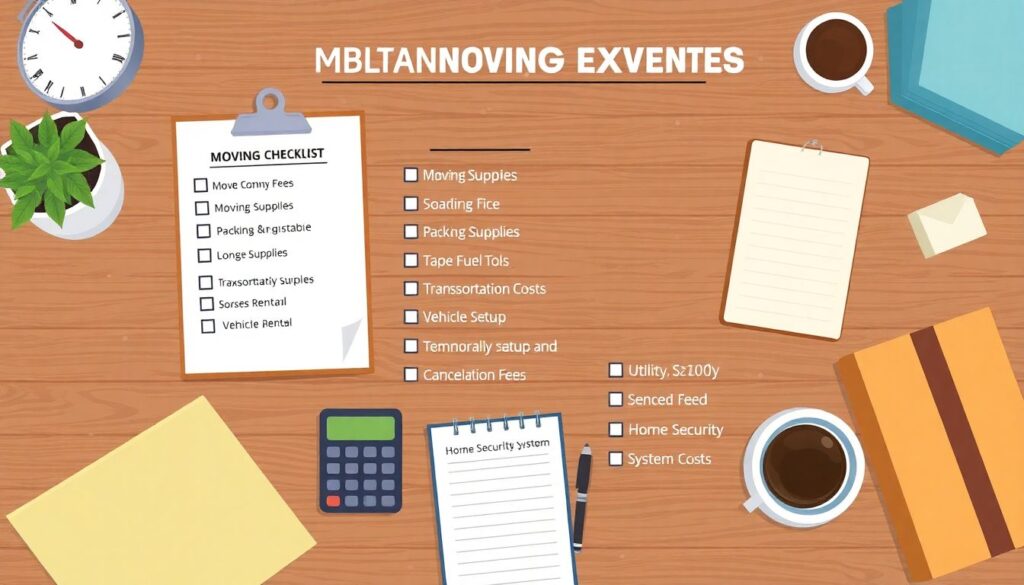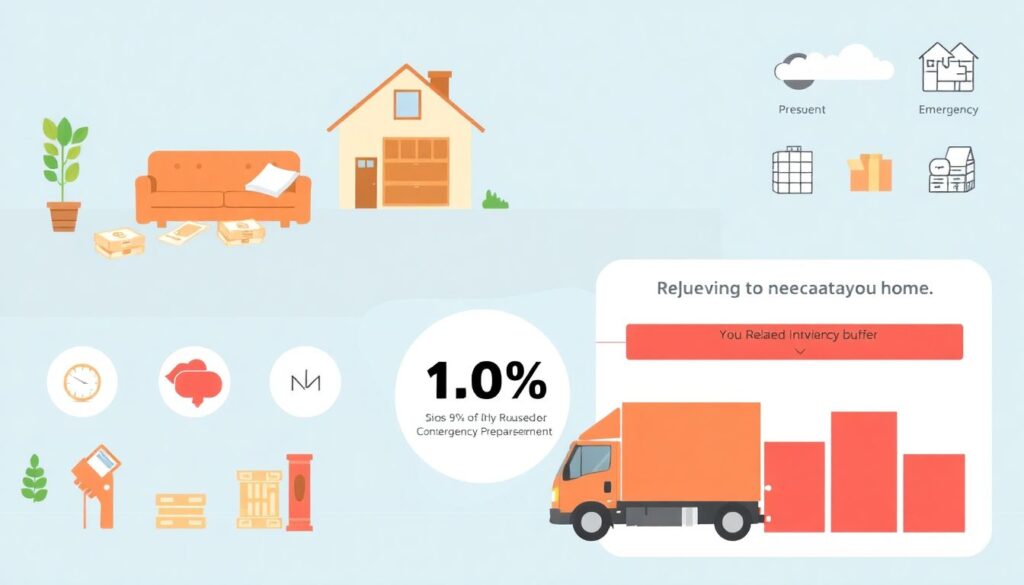Understanding the Financial Scope of a Move
Relocating to a new residence involves more than just transporting belongings. It encompasses a variety of direct and indirect costs that must be considered for accurate budgeting. These include professional moving services, packing materials, utility deposits, transportation, storage, and initial expenses in the new home such as furnishing or rent deposits. Misjudging the total cost often leads to financial stress or unexpected debt, particularly among first-time movers. Therefore, an effective budgeting strategy must begin with a comprehensive estimation of all possible expenditures.
Step-by-Step Guide to Budgeting for a Move
Step 1: Inventory and Cost Identification

Begin by making a detailed inventory of all anticipated expenses. This includes:
1. Moving company fees (local vs. long-distance)
2. Packing supplies (boxes, tape, padding)
3. Transportation (fuel, tolls, vehicle rental)
4. Temporary housing (if needed)
5. Utility setup and cancellation fees
6. Security deposits and initial rent or mortgage payments
7. Insurance (moving insurance or renters insurance)
Use average market rates in your geographic area to estimate each item. Cross-reference with at least two service providers to verify accuracy.
Step 2: Set a Savings Timeline
Once you’ve established a target amount, determine how much time remains before your move. Divide the total projected cost by the number of months available to determine a monthly savings goal. For example, if the moving expenses total $4,000 and you plan to move in 8 months, you should aim to save $500 per month. Use a dedicated savings account to isolate these funds and avoid accidental spending.
Step 3: Track and Optimize Spending
Monitor your current expenses to identify savings opportunities. Common recommendations include reducing discretionary spending (e.g., dining out, subscriptions), selling unneeded items, or taking on freelance work. Use budgeting software or spreadsheets to maintain financial discipline. Automating your savings through scheduled bank transfers is also an effective method to stay on track.
Step 4: Prepare for Contingencies

Unexpected costs such as damaged furniture or service delays are common during relocation. Allocate at least 10-15% of your total budget as a contingency buffer. This reduces the risk of financial shortfall and provides flexibility in case of emergencies.
Comparing Budgeting Approaches
There are several methodologies for budgeting a move, each with its own merits and limitations:
1. Incremental Saving Approach – In this method, individuals save a fixed amount monthly over time. It is suitable for long-term planners with stable incomes. However, it requires strong discipline and consistent income flow.
2. Lump Sum Allocation – Some movers prefer to set aside a large amount from a bonus, tax refund, or windfall. This method eliminates the need for incremental saving but may not be feasible for those without significant liquidity.
3. Zero-Based Budgeting (ZBB) – Every dollar of income is assigned a purpose, leaving no “extra” cash unallocated. ZBB ensures high financial efficiency but demands rigorous tracking and may not accommodate sudden changes in income or expenses easily.
4. Envelope System – A cash-based approach where funds are placed into physical or digital envelopes for each category. While effective in controlling overspending, it is less practical for digital transactions like hiring moving companies online.
Each approach can be effective depending on the mover’s financial behavior, timeline, and income stability. For example, ZBB may benefit financially literate individuals with complex financial portfolios, while incremental saving works better for salaried employees planning a move six months ahead.
Common Pitfalls to Avoid
Several errors can compromise your moving budget:
– Underestimating Small Expenses: Costs like tips for movers, pet relocation, or cleaning services can add up.
– Ignoring Post-Move Costs: Many fail to account for short-term expenses after the move, such as grocery restocking or minor repairs.
– Not Getting Multiple Quotes: Accepting the first price offered by a moving company can lead to overpaying. Always compare.
– Failing to Insure: Opting out of moving insurance to save money can backfire if valuable items are lost or damaged.
Always validate assumptions against real market data and consult professionals if necessary.
Conclusion: Strategic Planning for Financial Efficiency

Budgeting for a move requires a structured, analytical approach that balances savings discipline with flexibility. By systematically identifying expenses, choosing an appropriate savings strategy, and preparing for contingencies, you can minimize financial disruptions. Comparing budgeting methodologies allows you to tailor the plan to your individual circumstances. Whether using a zero-based method or incremental savings, the key to success lies in early planning, continuous tracking, and realistic financial forecasting.

